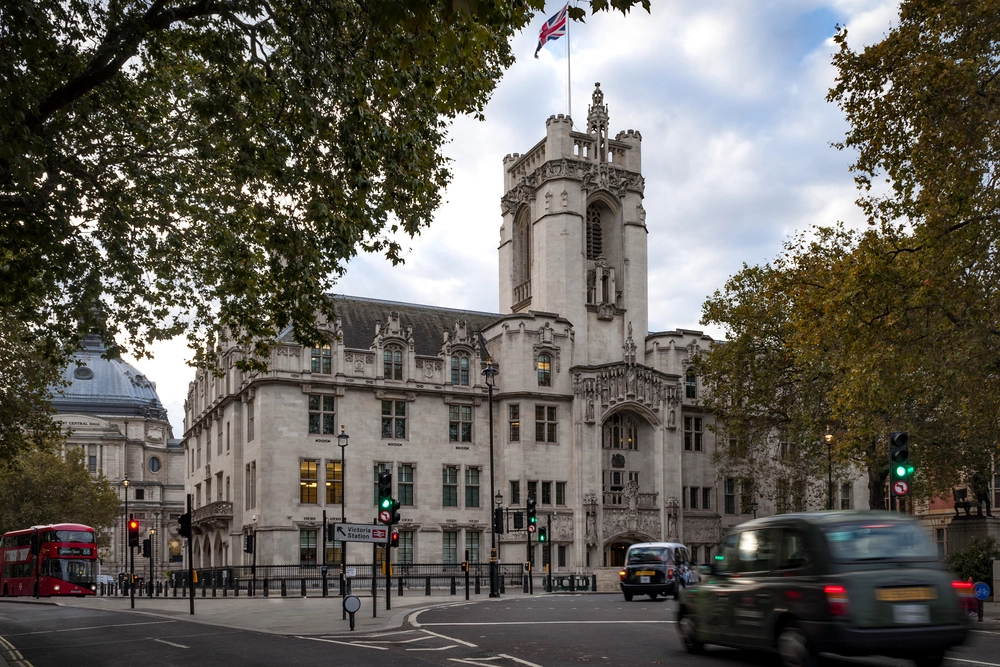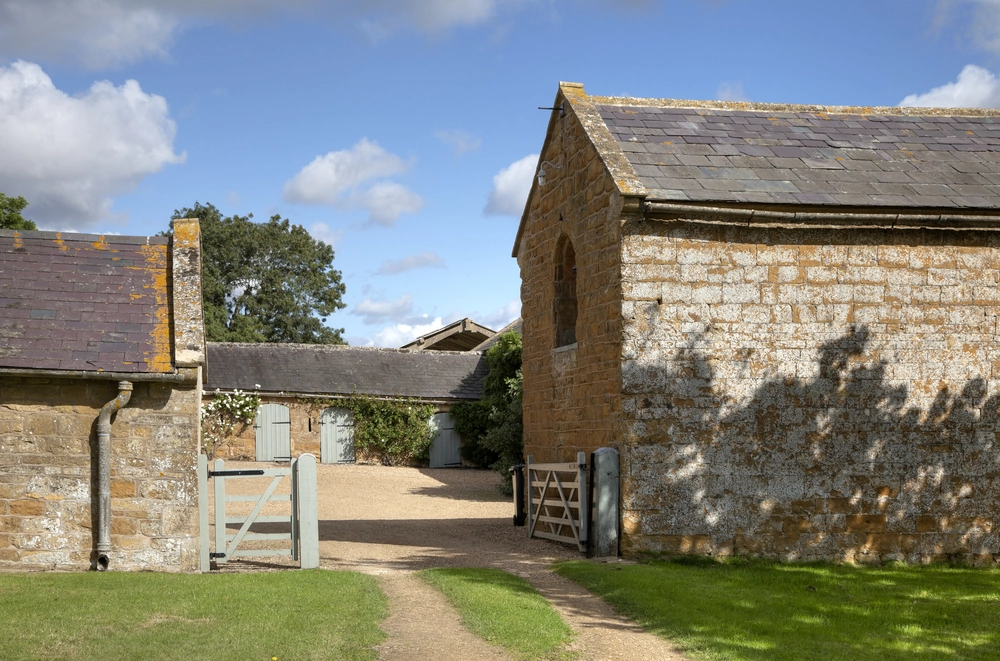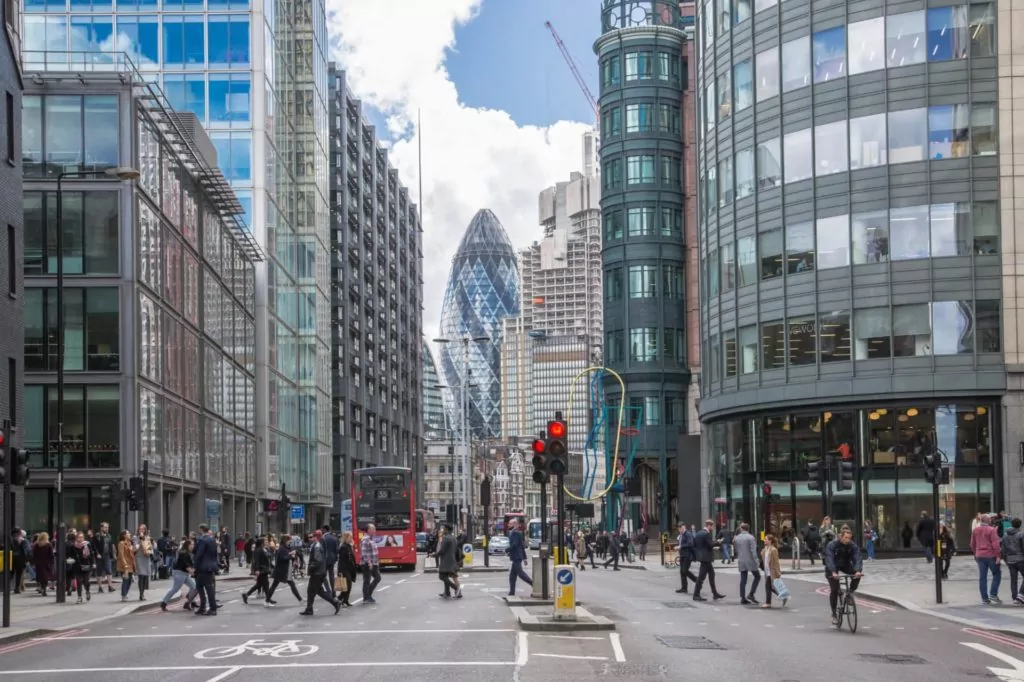
UK copyright protection for mass produced artistic works to change from 2020
From 6 April 2020, designers who create mass-produced articles based on artistic works (such as furniture, fabric designs and jewellery), will benefit from an increase in the length of copyright protection available for their work.
The intention behind the reforms is to address inconsistencies in the law so that mass-produced artistic works (i.e. when over 50 articles are made to the design), benefit from the same length of copyright protection as other artistic works, bringing the UK into line with European standards and case law. It is anticipated that the changes will incentivise high end design and associated business within the UK.
The change
- The duration of copyright protection afforded to mass-produced artistic works is currently limited to 25 years from the end of the year in which the articles are first marketed, by section 52 of the Copyright, Designs and Patents Act 1988 (CDPA). This position broadly reflects the duration of protection available for registered designs
- Section 74 of the Enterprise and Regulatory Reform Act 2013 (ERRA), which we now know will come into effect on 6 April 2020, will repeal section 52 of the Copyright Designs and Patents Act 1988 (CDPA)
- The effect of this will be that copyright protection for mass-produced artistic works will be increased to the life of the author/creator plus 70 years, which is the same duration as other forms of artistic work
The impact
Whilst the repeal of section 52 CDPA will not have retrospective effect per se, once it takes effect in 2020 copyright protection for many designs over 25 years old will be reinstated for what remains of the revised copyright term. Manufacturers and sellers will then need to obtain licence from the right holder in respect of any affected designs, as they would for other copyright works (although they will be free to sell and deal with any existing copies produced before the reforms took effect).
According to the government, the delay to implementation until 2020 will allow for "firms that currently operate using existing laws to change how they do business so there will be a proportionate transition". It has, however, been criticised by artists and designers who feel that an extended transitional period creates the risk that businesses will not adapt in the short term.
For creators, the change will be welcomed as encouraging investment in high end design, and potentially leading to corresponding benefits to the manufacturing industry. However, it has also been criticised for the likely impact it will have on the thriving market in "authentic replicas" (i.e. legitimate copies of classic designs over 25 years old).
The lack of case-law on what constitutes a "work of artistic craftsmanship" – which may determine whether a design is entitled to copyright protection – has also prompted concerns about a lack of certainty as to which of products will be affected by the reforms. Following lobbying by certain groups for greater clarity on the types of work that will come back into copyright, the government has also confirmed that they will publish a guidance note on the matter.
Potential action points
Manufacturers and sellers should consider whether (and if so, which) articles will need to be licensed or phased out of production post 6 April 2020.
Subject to further guidance from the government on which products will be affected by the reforms, it could be beneficial to start this process sooner rather than later – this could bring cost benefits, as well as assisting with forward planning and potentially enhancing current business relationships.
If you have any questions in respect of the above, please contact Martin Cuell, partner and head of Foot Anstey's IP practice on +44 (0)117 915 4933 or email [email protected], or Hannah Batten, solicitor on +44 (0) 117 915 4975 or email [email protected]












